By Carley Goodreau
Have you ever driven down a winding mountain road, turned the corner, and been met with dozens of sheep perched on the rocky cliff side next to the road? Or possibly you’ve been lucky enough to witness the clash between rams, locking their horns in a head-to-head battle. If so, you may already be familiar with bighorn sheep. Let’s dive into this interesting species, and learn a little bit more about Alberta’s provincial mammal.
Rams, Ewes and Lambs
Habitat
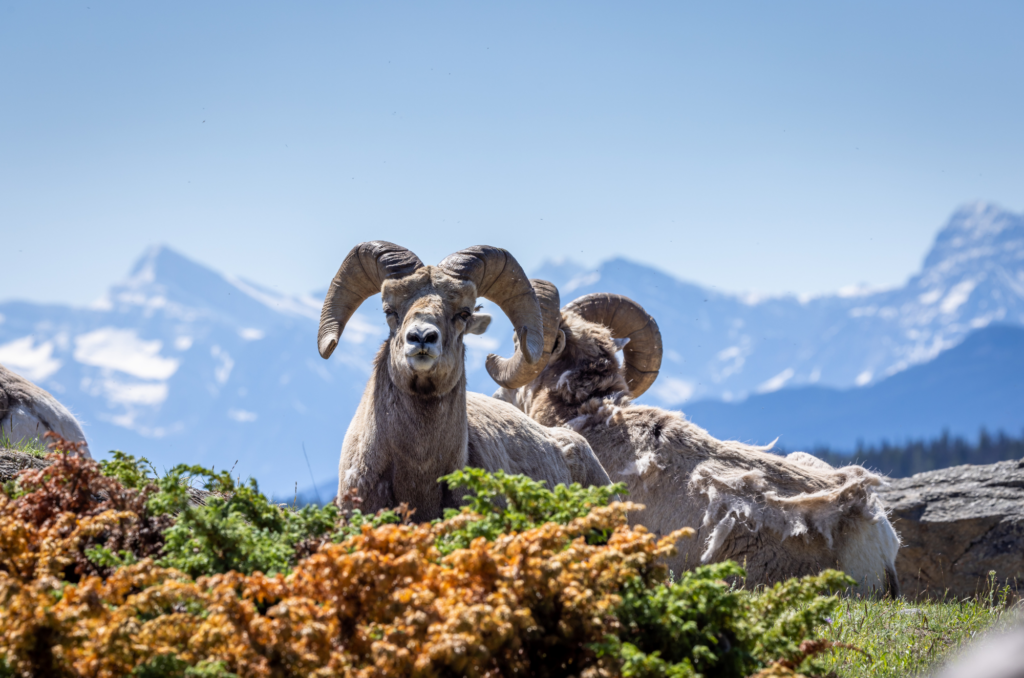
Diet
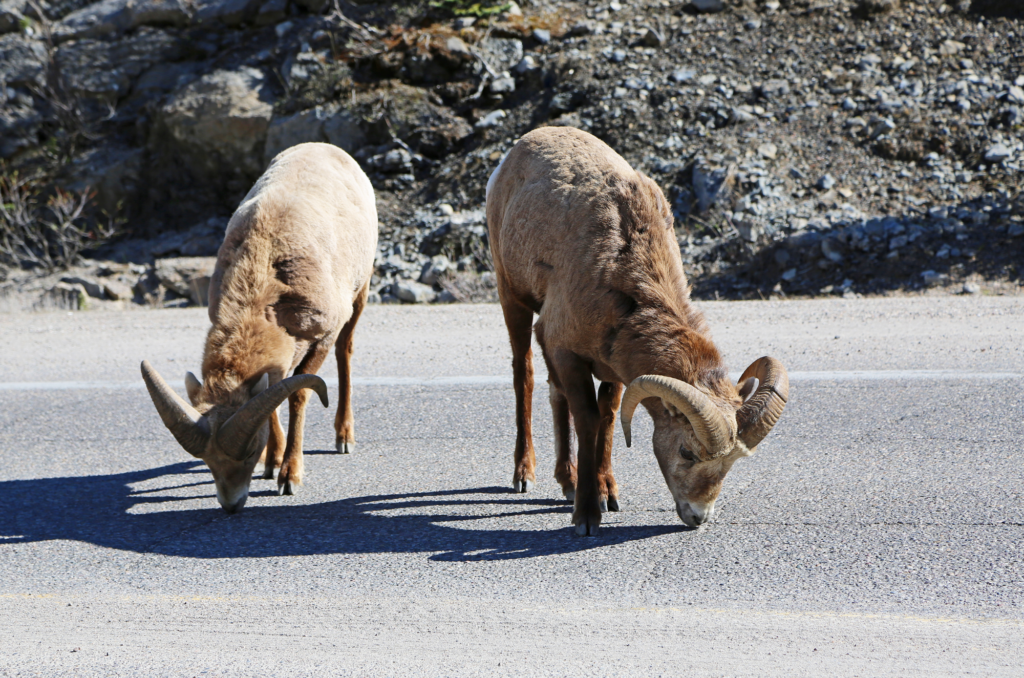
Sheep are herbivorous grazers, and prefer to forage for low grasses and herbs. They also eat roots, lupine, shrubs, and will eat conifers and other woody plants in the winter.2
This is where a sheep’s diet gets… rocky. To get their necessary minerals, sheep will travel a long way to reach a mineral lick.3 These are naturally occurring deposits full of many essential nutrients that animals will actually lick to supplement their diets. Sheep are also known to lick roads for salt and eat gravel – but don’t worry! It provides minerals as well and helps with digestion.3
Herds and Battles
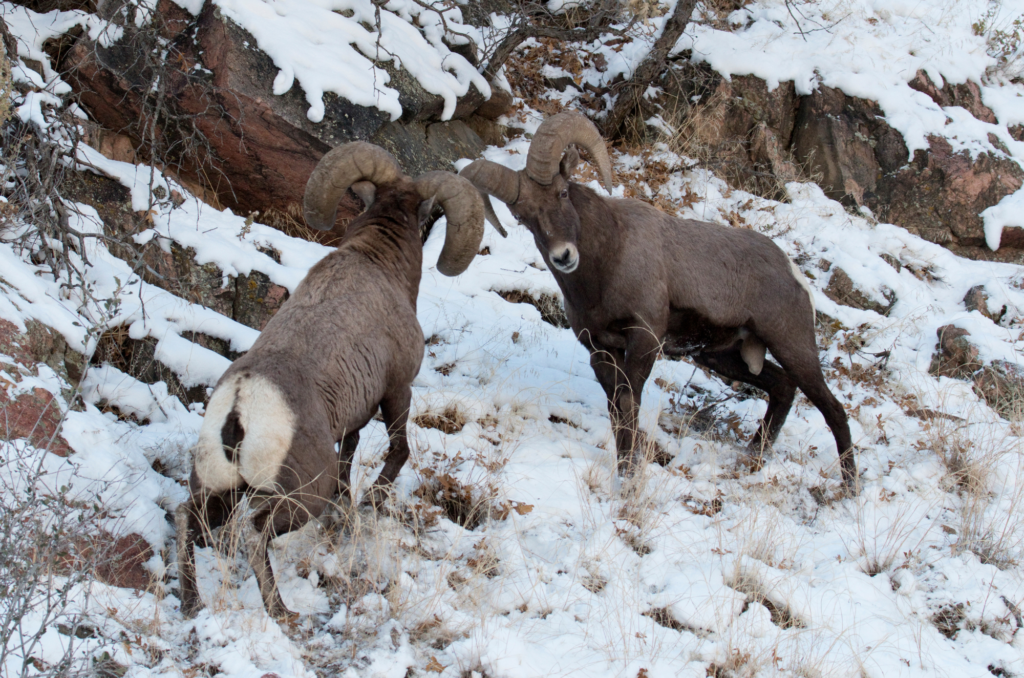
Conservation Status and Threats
To date, the conservation status of bighorn sheep has remained as secure – meaning they are not currently at risk. There are an estimated 9,000 bighorn sheep currently living in Alberta, with the population in North America reaching 40,000.6 Bighorn sheep populations declined steeply in the 1800s, partly due to trophy hunting, and has not recovered to original levels.6 Several programs exist to maintain and protect this important species from potential threats here in Alberta,6 such as monitoring herd size and protecting sheep winter ranges. Other threats to bighorn populations are disease, predation, and habitat loss.
Bighorn sheep are at high risk for disease and have experienced periodic events where large percentages of the herd died off.6 In 1982, for example, an outbreak of pneumonia killed 300 out of 400 total sheep in southwestern Alberta.6 Stressors that can increase susceptibility to disease are mineral deficiency, harsh weather, habitat loss and lack of healthy grazing areas.6 Preventing bighorn sheep from interacting with domestic sheep and goats can reduce the chance of spreading diseases, and maintain healthy herds.6
References
- Donald A. Blood, “Bighorn Sheep in British Columbia,” Government of British Columbia, March 14, 2000, https://www.env.gov.bc.ca/wld/documents/bighorn.pdf.
- Rebecca Kennedy, “The Bighorn Sheep: Majestic and Memorable,” Discover Nature, Nature Canada, accessed May 20, 2024, https://naturecanada.ca/discover-nature/land-wildlife/the-bighorn-sheep-majestic-and-memorable/.
- “Bighorn Sheep,” Friends of Kananaskis, accessed May 20, 2024, https://kananaskis.org/bighorn-sheep/.
- Alina Bradford, “Rams: Facts About Male Bighorn Sheep,” LiveScience, September 27, 2017, https://www.livescience.com/27724-rams.html.
- “Bighorn Sheep,” National Wildlife Federation, accessed May 20, 2024, https://www.nwf.org/Educational-Resources/Wildlife-Guide/Mammals/Bighorn-Sheep.
- “Pneumonia and Bighorn Sheep,” Government of Alberta, accessed May 22, 2024, https://www.alberta.ca/pneumonia-and-bighorn-sheep.
- R.A. Demarchi, “Bighorn Sheep,” Government of British Columbia, February 5, 2004, https://www.env.gov.bc.ca/wld/frpa/iwms/documents/Mammals/m_bighornsheep.pdf
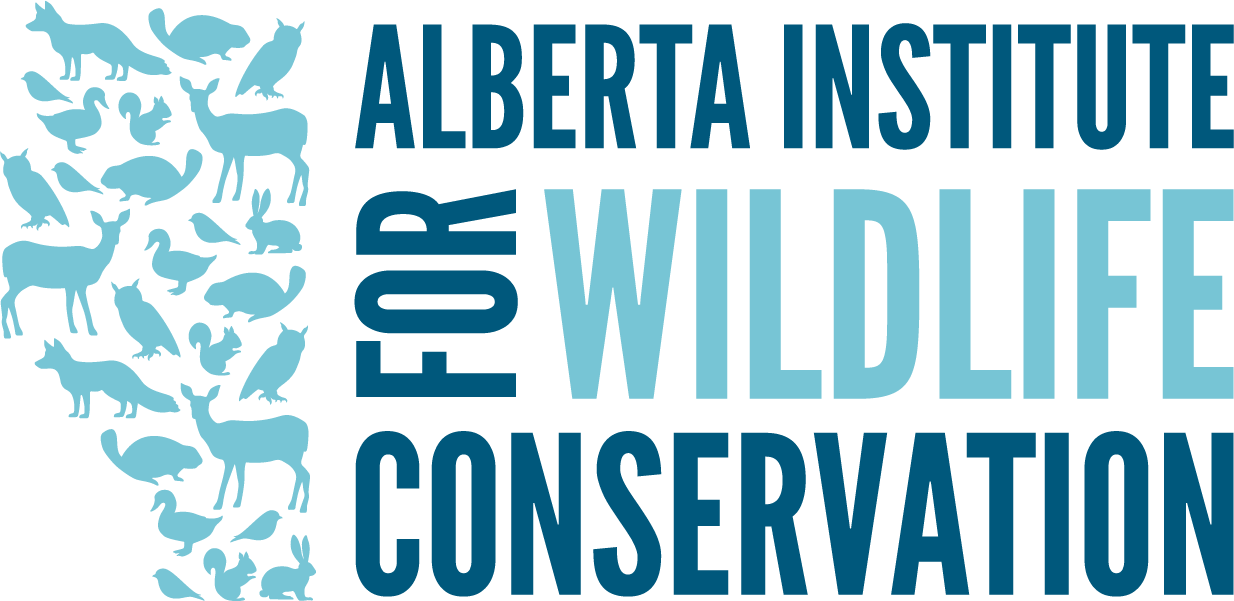
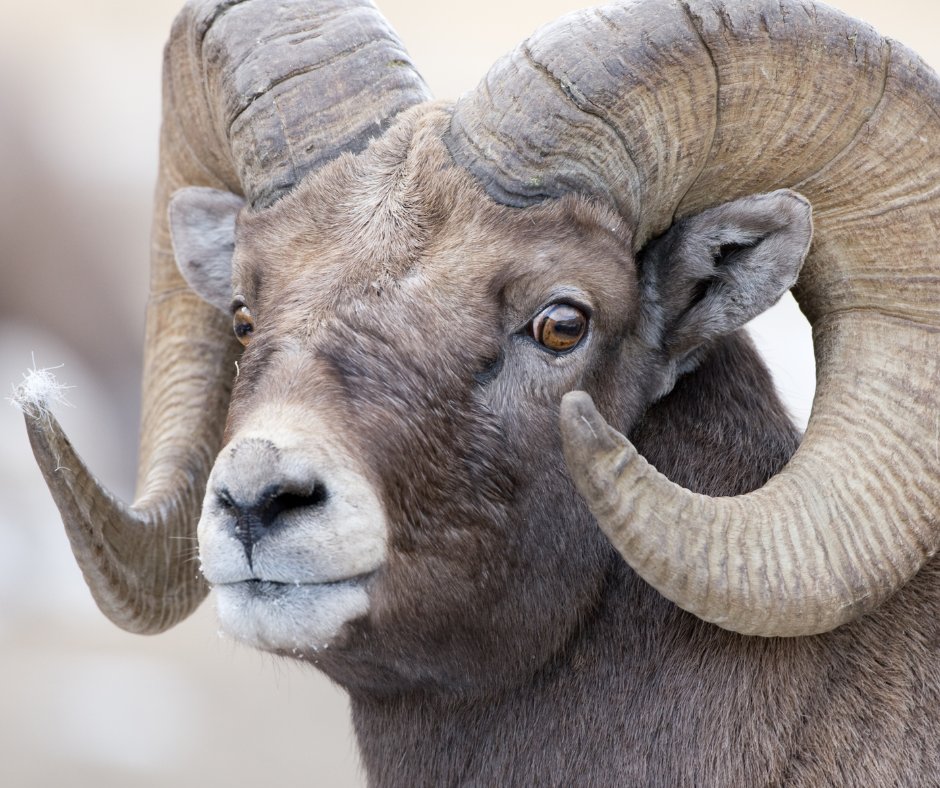
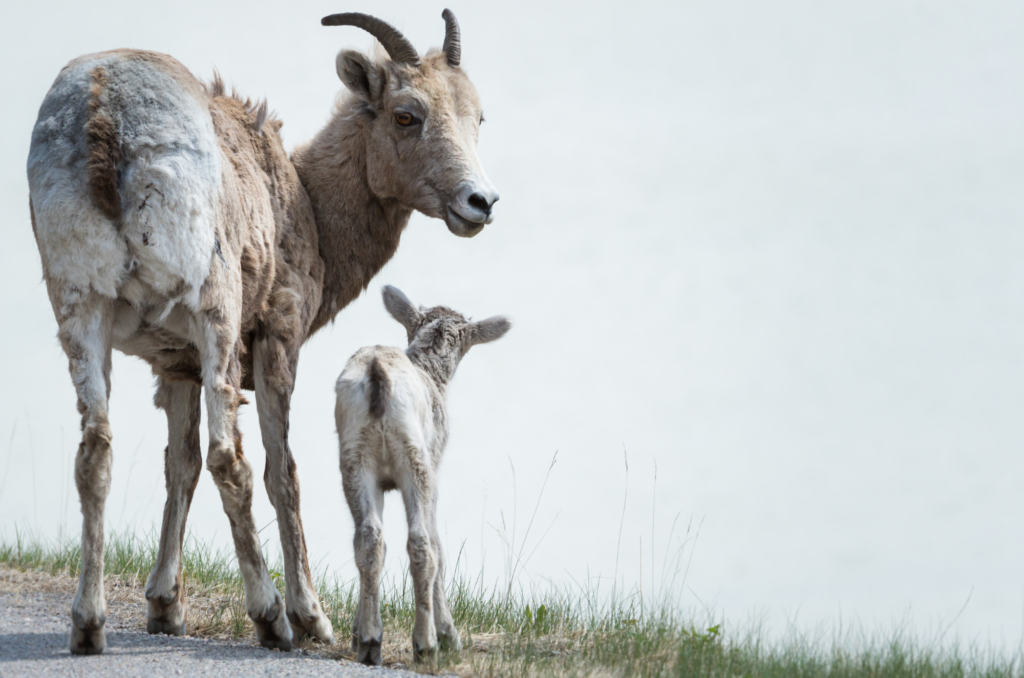
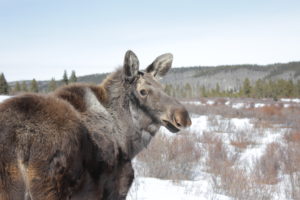
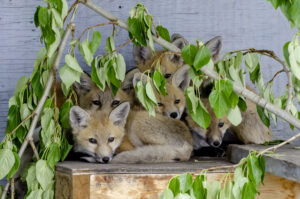
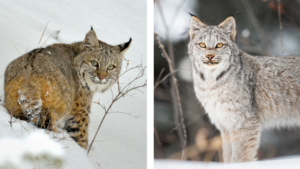

1 thought on “Bighorn Sheep: Alberta’s Provincial Mammal”
Interesting research, something enjoy doing learning about wildlife.